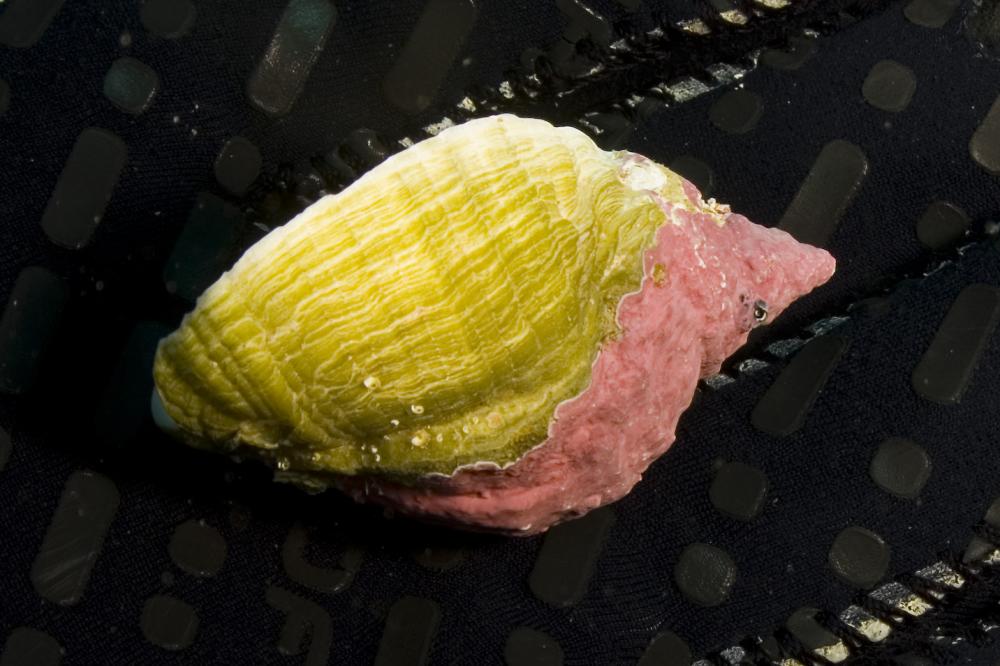Dicathais orbita
Dog whelkDistribution
Temperate Australasia
Description
Shell shape varies with location, but the widest shells with deep grooves occur in New South Wales, and pear-shaped shells with low ridges occur in exposed habitats. The species is an important predator on rock platforms, controlling population numbers of barnacles and mussels in many areas. As with all gastropods, if possible photograph the aperture (as well as the animal in situ), to confirm identification.
Information
Max Size: 8 cm
Sea Temperature Range: 12-23.5°C
Depth: 0-10m
Habitat Generalization Index: N/A
Also referred to as the SGI (Species Generalisation Index), this describes the habitat niche breadth of the species. Species with values less than 15 are found in a relatively narrow range of reef habitat types (specialists), while those over 25 may be found on most hard substrates within their range (generalists). Learn more here.
Conservation and Rarity
IUCN Status: Not Evaluated
Occurrence: Widespread (50.3% of sites)
Occurrence describes how often the species is found on surveys within its distribution. It is calculated as the % of reef sites surveyed by RLS divers across all the ecoregions in which the species has been observed
Abundance: Few (3 per transect)
Abundance is calculated as the average number of individuals recorded per RLS transect, where present.
Edit by: Andrew Green



















